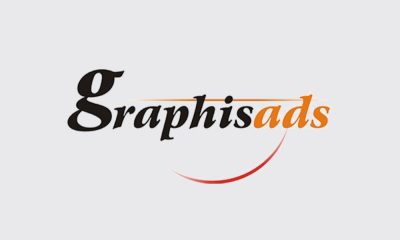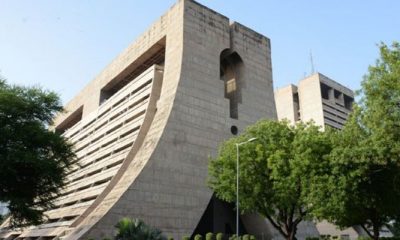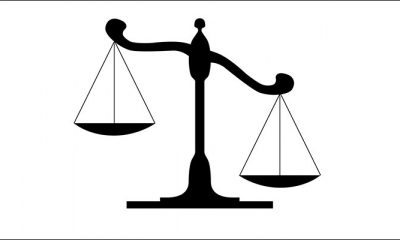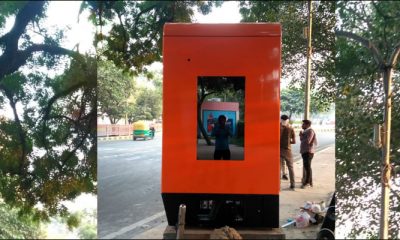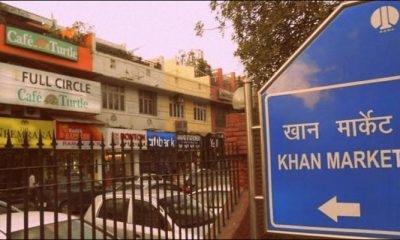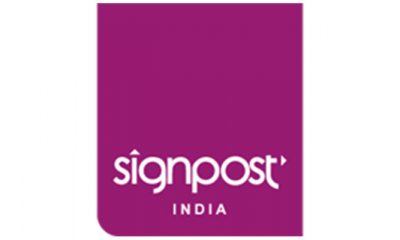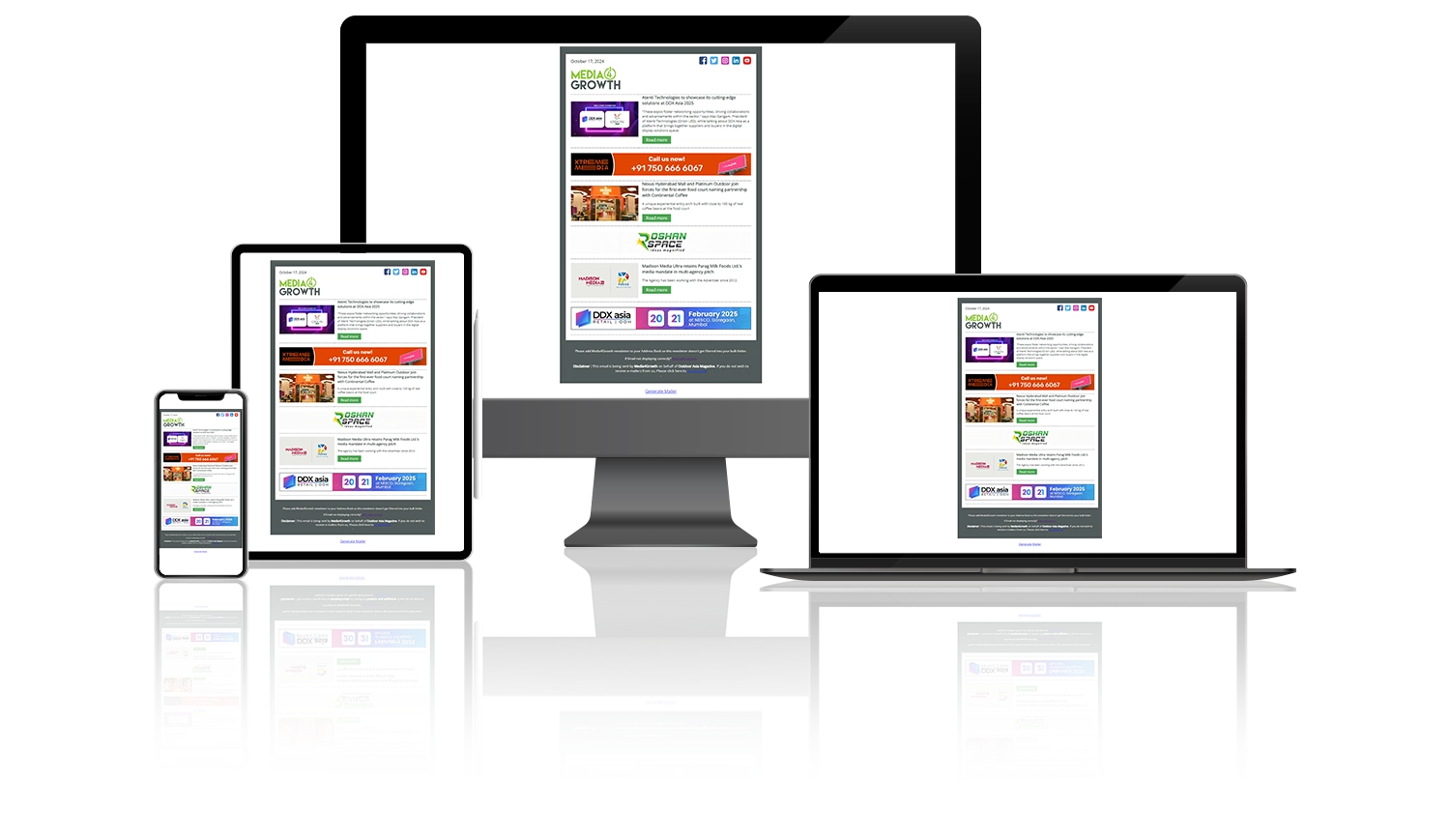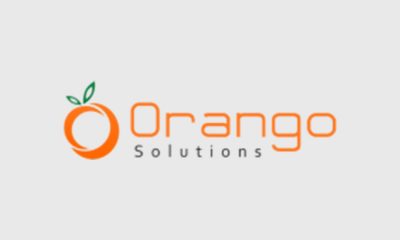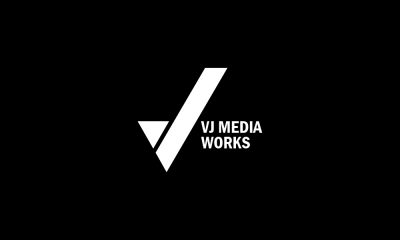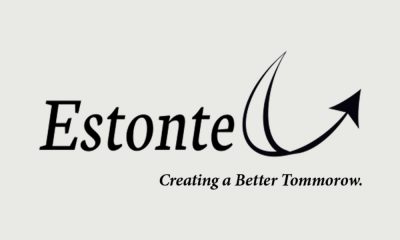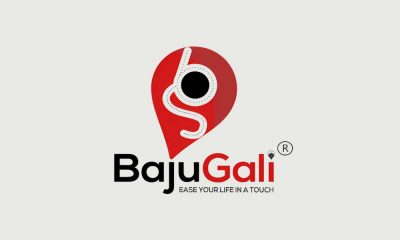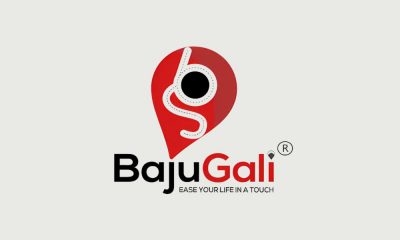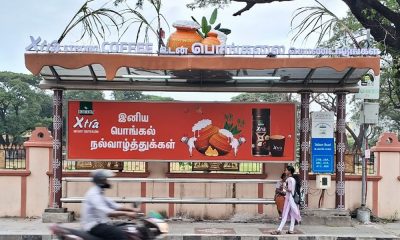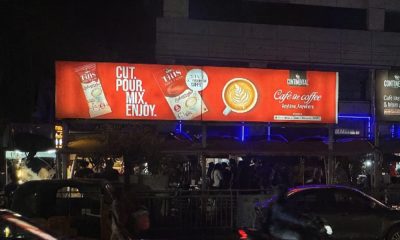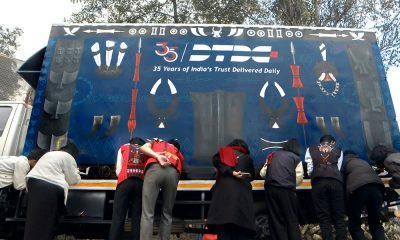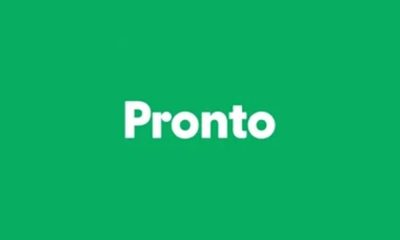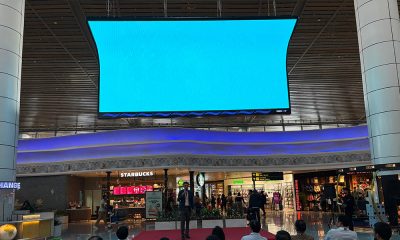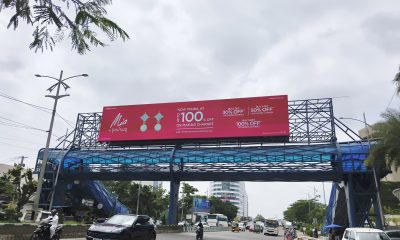Media Planning & Buying
Are there no takers for public utilities?
Even as Smart City projects come up focusing on public conveniences; these utilities are yet to find a strong foothold as advertising formats in brands’ budget and mindset
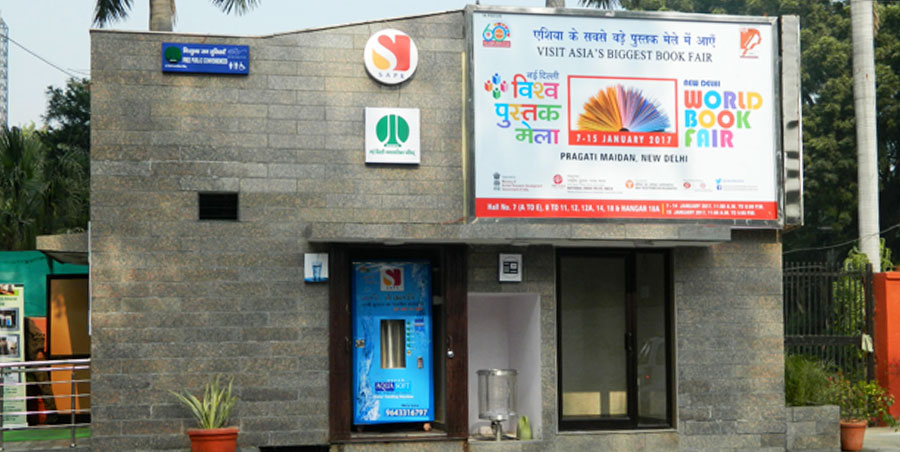
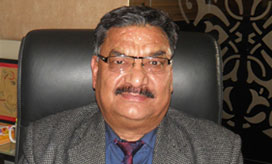 The Smart City project is expected to transform the functioning of every big or small city, including its communication infrastructure. Public convenience utilities such as public toilets, bus queue shelters , etc. are expected to be at the center of the Smart Pity project designed for effective public service announcements as well as branding opportunities. But the fact is that Smart Toilet projects in both Delhi and Mumbai are not performing well, in terms of revenues.
The Smart City project is expected to transform the functioning of every big or small city, including its communication infrastructure. Public convenience utilities such as public toilets, bus queue shelters , etc. are expected to be at the center of the Smart Pity project designed for effective public service announcements as well as branding opportunities. But the fact is that Smart Toilet projects in both Delhi and Mumbai are not performing well, in terms of revenues.
In Central Delhi, OOH veteran Supreme Advertising, which handles close to 236 NDMC authorised public toilets, is facing a challenge in finding advertisers for them. The company is handling rights for this format on a BoT basis, wherein they built new toilets designed with the best of amenities and also put in place a designated team for regular cleaning & maintenance of hygiene. But the company is facing a challenge in generating revenues especially during the past 6-8 months, both from the agency and client side.
According to G. S. Rawat, Director of Supreme Advertising, there is fierce competition amongst outdoor formats. “Public utilities are the last preference for brands in the OOH space as they are more inclined towards formats such as unipole, gantries etc. Unless there is an alternate mode of advertising, public toilets won’t sell because a public toilet can’t be built in the middle of the road, wherein other formats such as gantry, unipoles, rooftop etc., have got high visibility.“
Since these toilets are located at high-footfall areas, like places near the AIIMS Hospital in Delhi, Railway stations their maintenance incurs heavy cost. Thus increasing the prices of tender can have an adverse impact on the business, making it tough to sell the format. According to Rawat, the tender should be allotted on the basis of the company’s experience & financial health instead of the high price of the quotes, whereas the authority’s vision is diverted towards raising maximum money. Currently with the changing model, the tenders have become more focused on revenues than on maintaining hygiene or city aesthetics. In fact, he observed that the demand for public toilets was high only when there wasn’t much choice in terms of formats and that now this format is chosen only when there is no unipole or other preferred format available.
Rawat says that running & maintaining a public toilet nicely, in populous city of Delhi, is a tough & challenging task. He feels that government authorities should also take the initiative in promoting public toilets for outdoor advertisement as these serve the citizens. Alongside, he says that marketers or media buyers need to be more tuned to ground realities when picking the media.
Meanwhile, government is the one category which prefers public utilities over other fancy formats to catch mass attention. “This category took our media during elections, but it was for a short duration. Also during phase 1 of the Modi Government, they did a good amount of branding for their schemes on these formats. But their plan for their second stint is yet to be out,” says Rawat.
-

 Associations
AssociationsBCCI hands Tata WPL 2026 ceremonies and match entertainment mandate to Laqshya Media Group
-

 Campaigns
CampaignsPUMA names Nadia Kokni as Vice President of Global Brand Marketing
-
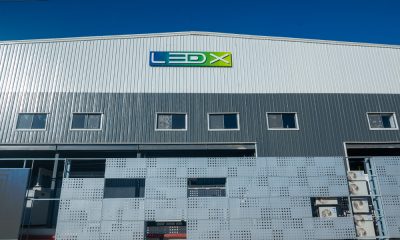
 Digital Display
Digital DisplayLEDX Technologies launched – A Fully Automated State-of-the-art Active LED Manufacturing Facility
-

 Digital Display
Digital DisplayTitan Intech Limited announces the launch of “UltraLED Displays”
